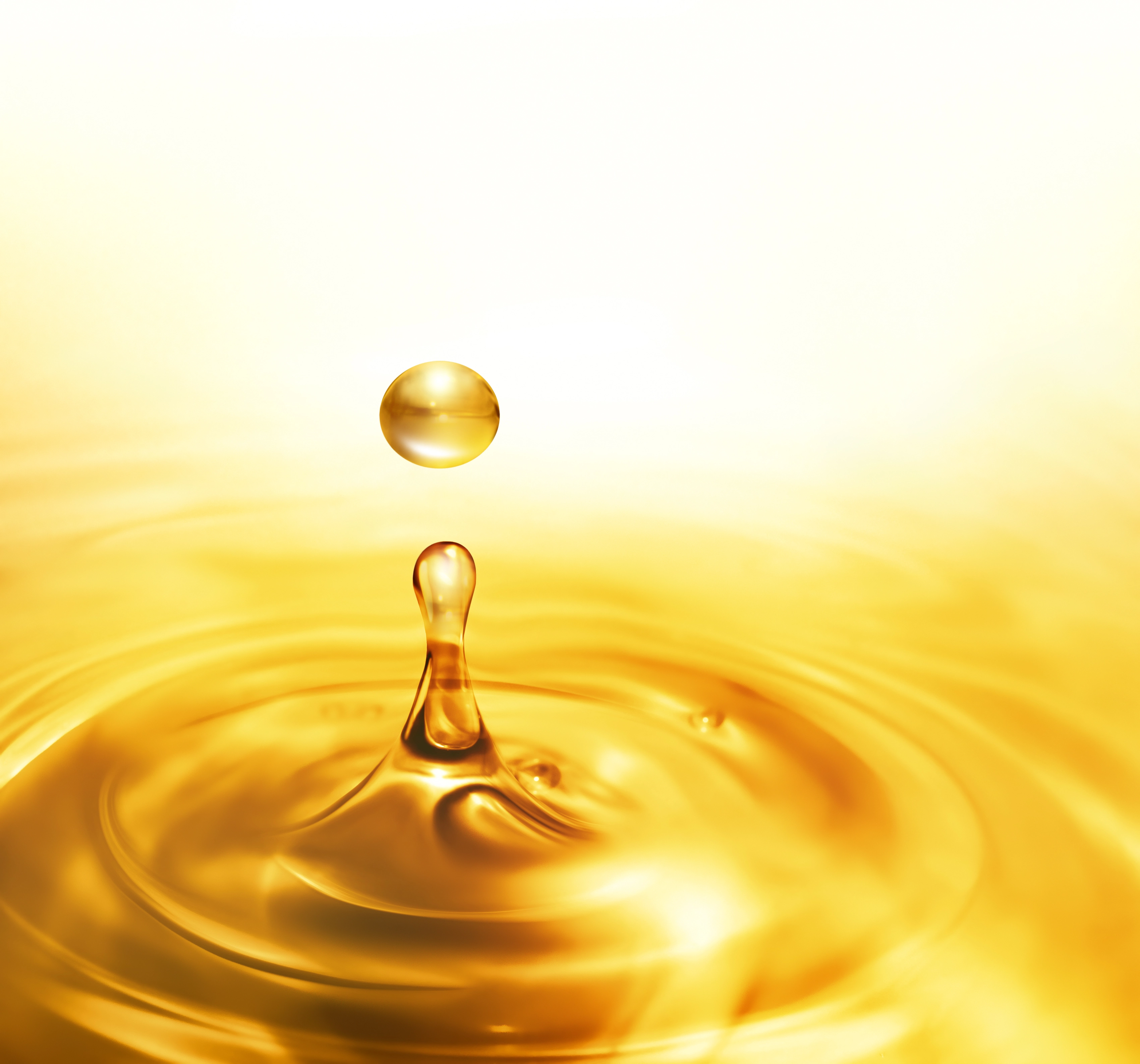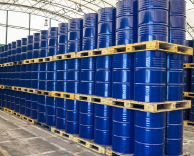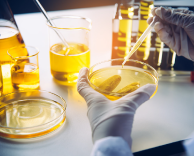How One Drop of Oil Impacts Emissions
Introduction
A single drop of oil may sound meaningless while reading the title, but it gushes into a cascade of serious problems, ranging from poor lubrication practices to oil degradation, that can crater both ecosystems and our climate. Even a single drop can wrap the area of a two-car garage. A pint of oil can blanket an acre of water, and one litre can contaminate a million litres of water. Such oil pollution shows how tiny amounts of lubricant can expand far and wide. In water bodies, a thin film of oil blocks oxygen and light, suffocating fish and aquatic vegetation. Coastal and freshwater ecosystems take decades to recover from just one spill. In short, even a trace of oil slipping into the environment, whether from an accidental spill or everyday leaks, can gravely disrupt the ecosystems involved. Studies point out that regular releases of used oil from oil changes, machinery leaks, or improper disposal deposit millions of tonnes of pollutants on land and in water annually. Used engine oils have toxic additives and heavy metals (lead, cadmium, zinc, etc.). When released or dumped, these toxins dissolve into soil and groundwater or run off into rivers, poisoning drinking supplies. A disturbing fact: four litres of used oil can create an oil slick covering 4,000 m² of water. Industrial oil leakage, such as a small hydraulic oil drip from machinery, quietly accumulates over time. Coastal and marine animals often ingest or absorb oil, which causes seabird feathers to mat, fish gills to clog, and plants to fail to photosynthesise. To put it simply, oil spills creep in like a silent assassin, covering and ravaging everything and leaving a trail of death in its wake.

Oil Mistakes = Higher CO₂ Emissions
But the toll doesn't stop with pollution. Modern lubricants and oils also contribute to climate emissions. Every barrel of mineral oil we refine or burn adds carbon emissions from oil into the atmosphere. Thanks to oil degradation and contamination, poor lubrication practices obligate more timely oil changes, contaminant flushing, and higher fuel and energy consumption. Quantifying the CO₂ footprint of lubricants is needed to set meaningful sustainability goals. In fact, one survey found that about 90% of the lubricant industry's CO₂ discharges come from upstream mass production of base oils and additives. Up to 50% more friction can result from contamination, which raises wear and energy consumption. Additionally, viscosity loss from oil degradation can result in the failure of thicker oil films and increased friction. Oil can spoil even more at higher operating temperatures, which hampers productivity. Bad lubricant performance generally leads to energy waste. Modern, low-friction lubrication can save 2.3-4.5 Gt CO₂ annually, more than all coal power plants combined. Thus, the choice to reuse and recycle lubricants has direct climate benefits. Reclaiming used oil takes away the want for virgin oil, thereby sparing crude refining and transportation emissions. UNEP reports that proper oil recycling and regeneration prevent CO₂ emissions by avoiding new petroleum use. In a climate context where the IPCC warns we must slash global emissions roughly 43% by 2030, even small savings from lubrication can help.
Circularity In Picture
Controlling pollution at the source is the answer. Instead of letting oil waste build up or burn untreated, the latest approaches close the loop at every stage of lubricant use. This oil waste management perspective is expressed in a three-tiered circular framework. Minimac Systems largely talks about "nano, micro & macro circularity" in oil management. In practice, this means:
- Nano circularity: Clean new oil at first fill. Cutting-edge filtration and purification systems remove microscopic particles and moisture before oil even goes into machinery. This delays early contamination and extends oil life.
- Micro circularity: Recondition in-service oil. When lubricant approaches end-of-life (high contaminants or acidity), it's collected and reprocessed (vacuum distillation, filtration, etc.) back to as-new condition. Reconditioning 100% of used oil this way means almost none of it becomes waste.
- Macro circularity: Recycle waste oil as a base stock. Any oil that cannot be reused as-is is sent to re-refineries. Only about 15% of global used oil is currently re-refined; most is still burnt or dumped. A stable system would collect unadulterated waste oil and convert it into re-refined base oils or fuel, drastically reducing requests for virgin crude.
By obeying such circular approaches, industries can decisively lessen both pollution and emissions from lubricants. For example, closing the loop through recycling yields significant, measurable reductions in CO₂ emissions to the atmosphere compared to virgin base oils. In practical terms, this means every litre of used oil put back into the cycle saves the emissions that would come from making a litre of new oil (from drilling, refining and shipping). Also, stopping oil from entering the environment means less secondary pollution (e.g., toxic vapours or combustion byproducts when it's dumped). A UNEP case study in Spain noted that a strong used-oil recycling system yields a double benefit: economic savings in raw materials and an environmental benefit preventing CO₂ output and pollution.
For More Information About - Click Here
Innovative products and processes bring these ideas to life, and that's why Minimac Systems supplies oil purification and conditioning equipment that helps industries reduce their oil footprint. For instance, its mobile filtration units and oil flushing systems target industrial oil leakage at the source, keeping systems clean and sealing off micro-drops of oil from escaping machines. On the "macro" side, Minimac's oil reclamation services make sure that used hydraulic and turbine oils are regenerated on-site rather than discarded. Minimac reports that its services have preserved the quality of thousands of litres of oil each year, saving money and shielding the environment from contamination. In one published case, a 3,000 MW power plant avoided a costly turbine failure by using an on-site oil purification system to maintain oil health, successfully negating downtime that would have cost crores of rupees. (Many more such case studies are documented on Minimac's website.)
Of course, technology is only part of the solution. But appropriate disposal and regulatory steps are extremely crucial to the environmental impact of old lubricants. Even though old oil is classified as hazardous waste by international accords, improper disposal still happens, releasing metals and PAHs into the environment. In order to ensure that all spent oil is collected for additional processing, new oil waste management strategies tend to focus on collection and re-refining. Decreasing emissions from lubricants requires not just switching to a greener composition but also using less new oil and keeping used oil in circulation. Stakeholder cooperation and common norms are beneficial for progress in reducing the carbon footprint of the sector.
The Last Drop
From the drop of a machine lubricator to a tanker of spilled oil, the lesson is consistent: small quantities can have outsized effects. One drop may not seem like much, but multiply that by millions of machines worldwide, and the outcome can be big slicks and major emissions. The good news is that smarter management can reverse the trend. By considering reuse (through recycling and reclamation) and prevention (through filtration and leak control), companies can combat both oil pollution and carbon emissions from oil use. Every clean drop saved is one less drop polluting water or releasing CO₂. In the end, reducing one drop's impact is part of minimising the lubricant industry's entire ecological footprint. The framework of nano, micro and macro circularity and the tools that support it direct a clear path for industries to do just that, turning isolated drops of pollution into sustainable chains of reuse.
Learn more about our services and industry insights by visiting our official LinkedIn page: Minimac Systems.





